Our Treatments
At Orthospine Signature Care, we provide advanced, patient-focused solutions for spine and joint problems. Our goal is to relieve pain, restore mobility, and help you return to an active, pain-free life. From conservative care to minimally invasive surgery, every treatment plan is tailored to your specific condition.
Spine Treatment
Minimally Invasive Spine Surgery (MISS)
Minimally Invasive Spine Surgery (MISS) by Dr. Rajesh Mishra is a modern technique to treat spinal problems with minimal damage to muscles and tissues. Unlike traditional open surgery, it uses small incisions, specialized instruments, and imaging technology for precise access. Dr. Rajesh Mishra’s expertise in MISS helps reduce blood loss, post-operative pain, infection risk, and shortens hospital stays. It is commonly used for herniated discs, spinal stenosis, degenerative disc disease, fractures, and some spinal deformities.
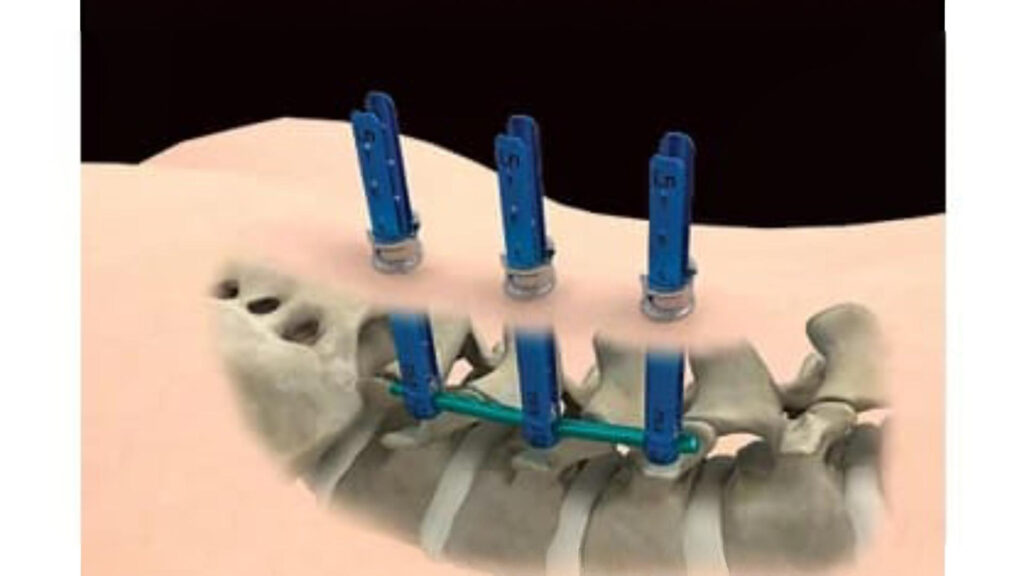
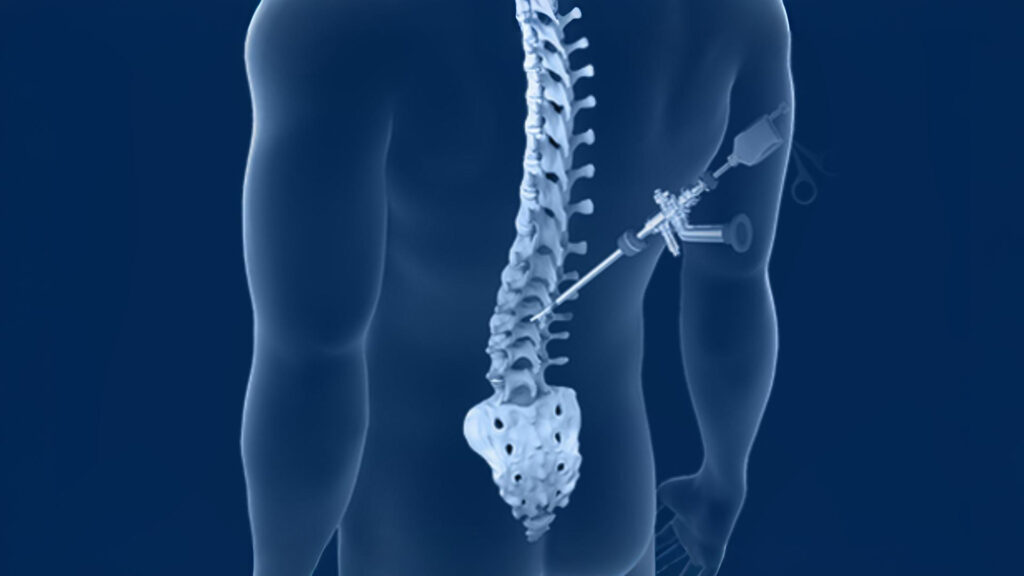
- Endoscopic Spine Surgery
Endoscopic Spine Surgery by Dr. Rajesh Mishra is a minimally invasive procedure that uses a small camera (endoscope) and specialized instruments to treat spinal conditions. Unlike traditional open surgery with large incisions, it requires only tiny cuts, minimizing damage to muscles and tissues. Dr. Rajesh Mishra’s expertise ensures a clear, magnified view of the spine, enabling precise treatment of herniated discs, spinal stenosis, nerve compression, and degenerative spine problems. Benefits include less blood loss, reduced pain, minimal scarring, and shorter hospital stay.
- Microscopic Discectomy
Microscopic Discectomy is a minimally invasive spinal surgery performed to relieve pressure on spinal nerves caused by a herniated or slipped disc. Using a surgical microscope and small instruments, the surgeon removes the damaged portion of the disc through a tiny incision, minimizing harm to surrounding tissues. This precise approach helps reduce nerve compression, thereby relieving leg pain, numbness, or weakness commonly associated with sciatica. Benefits include less blood loss, minimal scarring, reduced post-operative pain, and faster recovery compared to traditional surgery. Microscopic Discectomy is considered a safe and effective treatment for disc-related nerve compression.
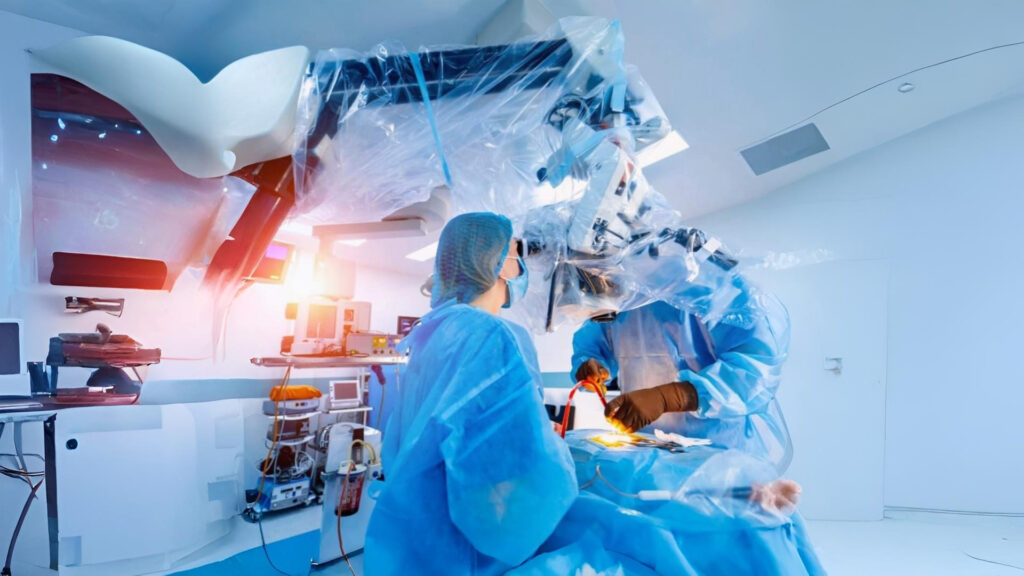
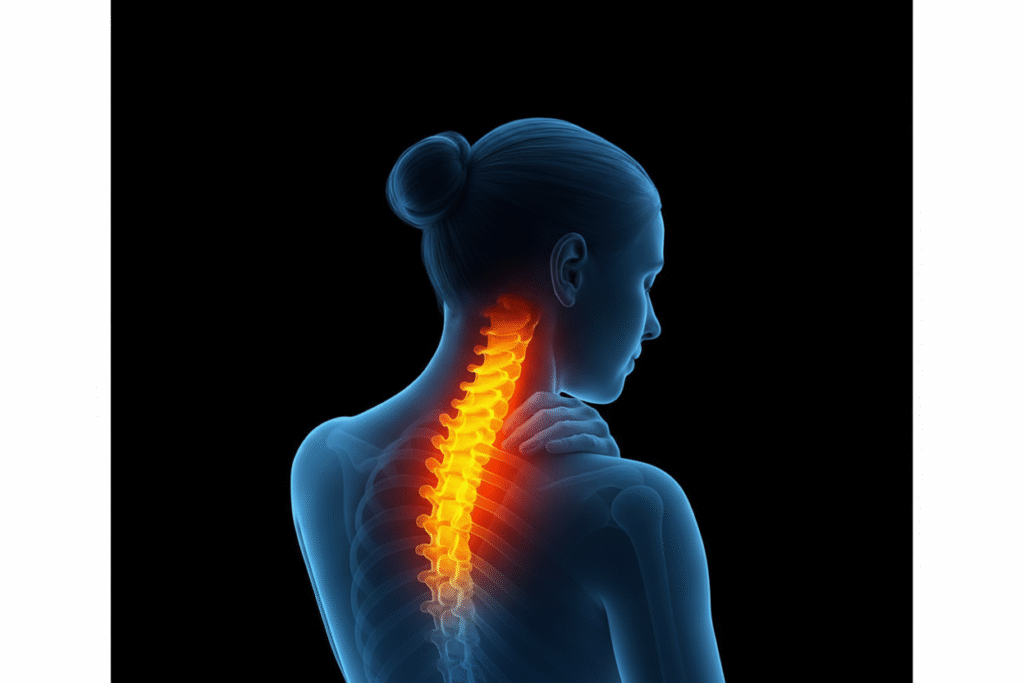
- Cervical Spine Surgery
Cervical Spine Surgery is performed to treat conditions affecting the neck portion of the spine, such as herniated discs, spinal stenosis, degenerative disc disease, fractures, or cervical instability. The goal is to relieve pressure on the spinal cord and nerves, reduce pain, and restore mobility. Depending on the condition, procedures may include cervical discectomy, laminectomy, or spinal fusion. These surgeries can be done through traditional or minimally invasive techniques. Benefits include relief from neck and arm pain, improved nerve function, and better quality of life. Proper evaluation ensures safe, effective outcomes and long-term spinal stability.
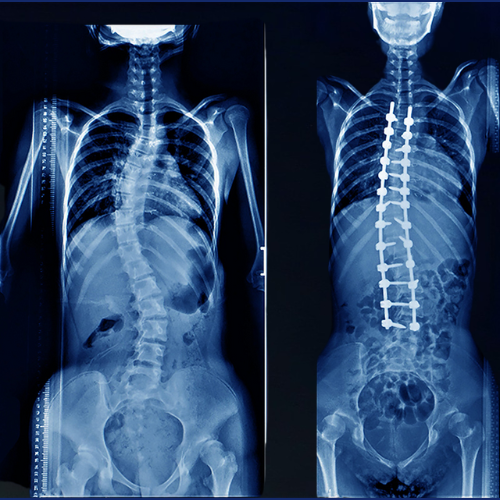
- Scoliosis & Spinal Deformity Correction
Scoliosis & Spinal Deformity Correction surgery is performed to treat abnormal curvatures of the spine that can cause pain, imbalance, and reduced mobility. The main goal is to straighten the spine, restore proper alignment, and prevent the deformity from worsening. Depending on the severity, techniques such as spinal fusion, rods, screws, or minimally invasive methods may be used. This surgery not only improves posture and appearance but also relieves nerve compression, enhances lung function, and increases overall quality of life. With expert evaluation and modern techniques, patients achieve long-term stability, improved function, and significant pain relief.
- Spine & Bone Tumor Surgery
Spine & Bone Tumor Surgery is performed to remove cancerous or non-cancerous tumors affecting the spine or surrounding bones. These tumors can cause severe pain, nerve compression, spinal instability, and even neurological problems if left untreated. The goal of surgery is to safely remove the tumor, relieve pressure on the spinal cord and nerves, and restore spinal stability. Depending on the tumor type and location, advanced techniques such as minimally invasive surgery, spinal reconstruction, or fusion may be used. Combined with treatments like radiation or chemotherapy, surgery helps improve mobility, reduce pain, and enhance the patient’s quality of life.
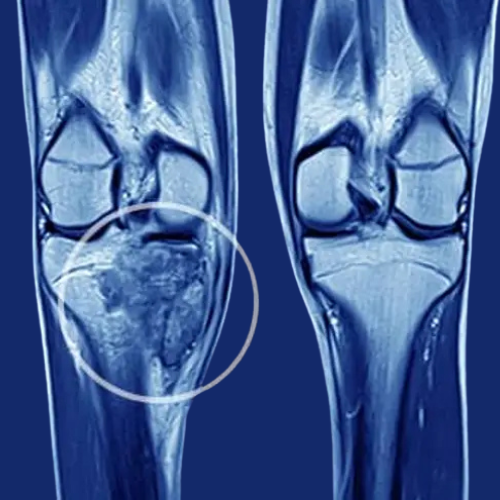
Joint Replacement Treatment
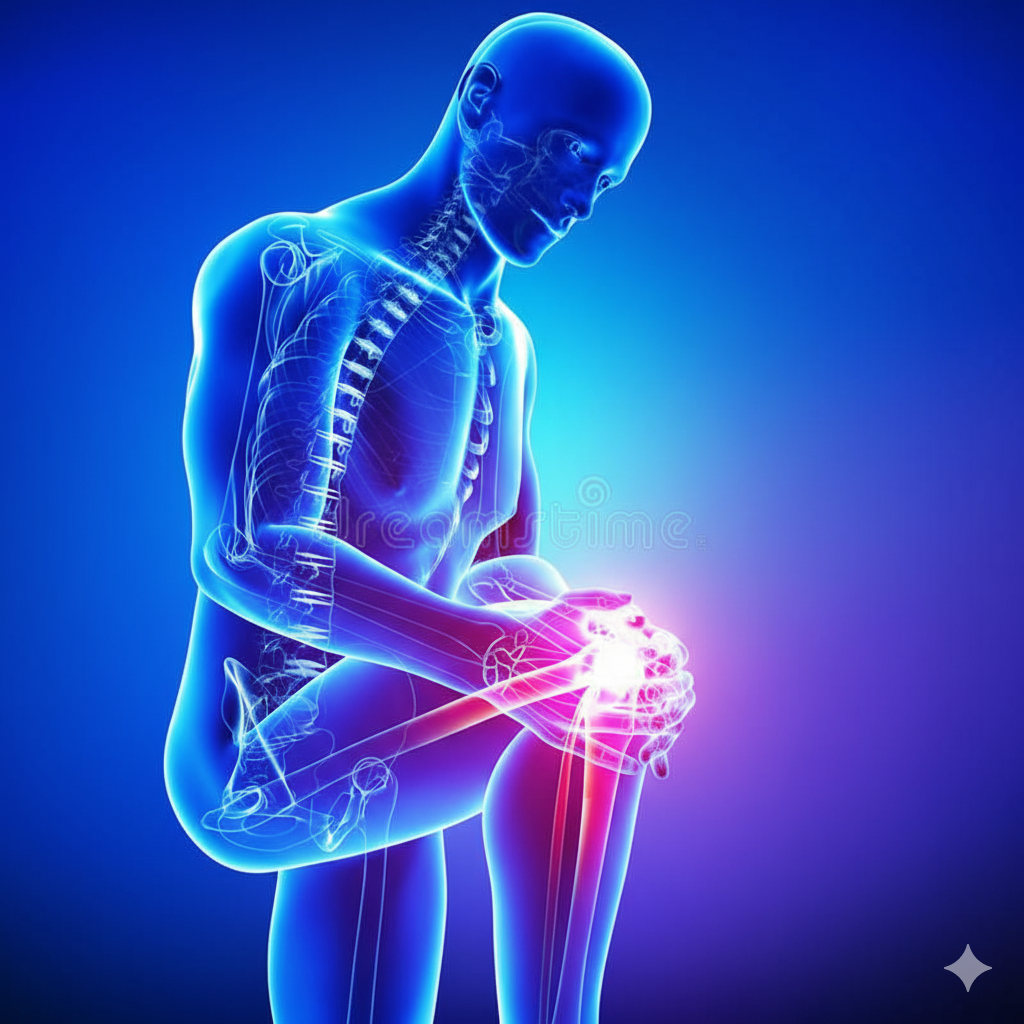
- Knee Replacement (Partial & Total) by Dr. Rajesh Mishra
Knee Replacement, including partial and total procedures, is performed to treat severe knee arthritis, injury, or degeneration. In partial replacement, only the damaged portion of the joint is replaced, while total replacement involves replacing the entire joint with an artificial implant. The surgery helps relieve chronic pain, improve flexibility, and restore mobility. Patients benefit from better function, enhanced quality of life, and the ability to perform daily activities with greater ease.
Trauma & Reconstruction
Trauma & Reconstruction surgery focuses on repairing and restoring bones, joints, and soft tissues after accidents, fractures, or severe injuries. The goal is to restore proper alignment, function, and stability of the affected area. Advanced surgical techniques, including internal fixation, plates, screws, and reconstructive procedures, are used to promote healing. This approach helps reduce pain, prevent long-term disability, and allows patients to regain mobility and return to daily activities safely.
Non-Surgical & Supportive Care :-
- Physiotherapy & Rehabilitation – Essential part of recovery, focusing on mobility, strength, and return to normal activities.
- Pain Management – Advanced methods to manage chronic back/neck pain without surgery.
- Lifestyle & Preventive Guidance – Exercises, posture correction, and ergonomic advice to avoid recurrence.
Why Choose Orthospine Signature Care?
- Minimally invasive & advanced techniques for faster recovery.
- More than 900 successful surgeries with excellent patient outcomes.
- Comprehensive care – from diagnosis to post-op rehabilitation.
- Personalized treatment plans designed around each patient’s needs.
Your Treatment Journey
- Consultation & Diagnosis – Clinical evaluation, imaging, and tests.
- Treatment Planning – Non-surgical first, surgery only if necessary.
- Procedure / Surgery – Performed using the latest technology.
- Rehabilitation – Guided physiotherapy for long-term results.
- Follow-Up Care – Regular check-ups and lifestyle support.